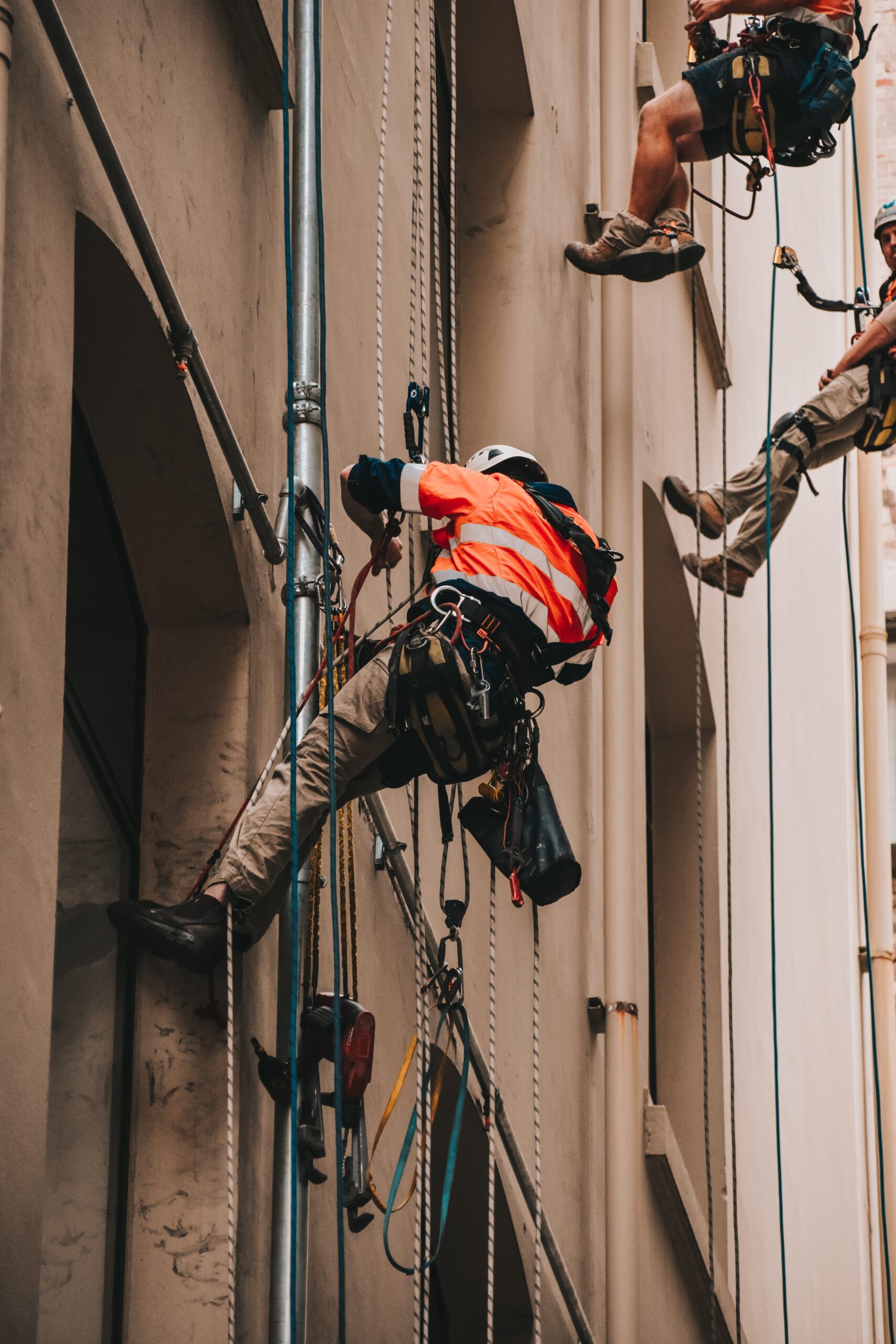Health Surveillance
Health surveillance allows for early identification of ill health and helps identify any corrective action needed. Health surveillance may be required by law if your employees are exposed to noise or vibration, solvents, fumes, dusts, biological agents and other substances hazardous to health, or work in compressed air. Health surveillance may also be carried out as good business practice. Health Surveillance takes place in the workplace by our team of Occupational Health Technicians.
Workplace Health Monitoring
Various strategies and methods are used depending on the nature of the hazards associated with the work being undertaken and the working environment. Health surveillance involves systematically monitoring for early signs of work related ill health in employees who are exposed to certain health hazards. Robust procedures are required to achieve this, and it is a requirement by law, where there is a detectable disease associated with a particular type of work.
Examples of health surveillance procedures include:
- Simple methods which can be carried out by trained workers, such as looking for skin damage or dermatitis on hands and arms caused by regular handling of certain chemicals
- Technical checks on employees carried out by occupational health specialists, such as hearing or lung function tests
- More in-depth specialist medical examinations required for specific hazards e.g. work with ionising radiation or vibrating equipment.

Objectives of a health surveillance programme
- Early Detection
- Control Measures
- Identify Hazards
- Evaluate Health Risks
- Demonstrate Compliance
- Collect Data
Objectives of a health surveillance programme
Health surveillance programmes have very specific objectives which usually include:
- Protecting the health of individual employees by the early detection of adverse health effects which may be caused by significant exposure to hazardous activities or substances
- Identifying and implementing specific health surveillance requirements for employees liable to be exposed to certain substances and/or working in potentially hazardous processes
- Evaluation of existing control measures and identification of areas where improvements may be required
- Collect, maintain and use results and information to assist in determining and evaluating hazards to health
- Demonstrate compliance against regulatory standards


What types of work may require Health Surveillance?
There are many types of work where health surveillance may be appropriate but in general they all include significant exposure to one or more of the following:
- Work involving exposure to respiratory (or skin) sensitisers
- Significant exposure to particular substances or chemical agents
- Work with vibrating tools
- Work in a noisy environment
- Wet work
- Work with ionising radiation
- Work in compressed gas atmospheres (e.g. mineworkers, divers)
Having identified any hazards, the criteria applied for conducting such health surveillance will be:
Is the activity or substance associated with an identifiable disease or other identifiable adverse health outcome?
- Is there a validated technique for detecting indications of the disease or health effects? Health surveillance is only worthwhile where it can reliably show that damage to health is starting to happen or likely to happen.
- Is the validated technique specific to the disease or health effect to be identified and is it safe and practicable in the work setting.
- Is there a reasonable likelihood that the disease or health effect may occur under the existing circumstances?
- Is health surveillance likely to benefit the employee?
Occupational Health Services
Health
Surveillance
Health surveillance allows for early identification of ill health and helps identify any corrective action needed. Health Surveillance takes place in the workplace by our team of Occupational Health Technicians
Sickness Absence Management
Implementing strategies to reduce staff absence in the workplace and deploying clinical expertise to help employees suffering with health problems return to work
Case
Management
Occupational Health Case Management service ensures your employees or clients get the medical care they need following an accident, illness or injury.